Wisconsin schools face a growing number of students being secluded and restrained
A report issued by the Wisconsin Department of Public Instruction shows that the number of children who were secluded from others or physically restrained in response to dangerous behavior spiked in the 2023-24 school year, with more incidents among elementary and special education students.
May 22, 2025
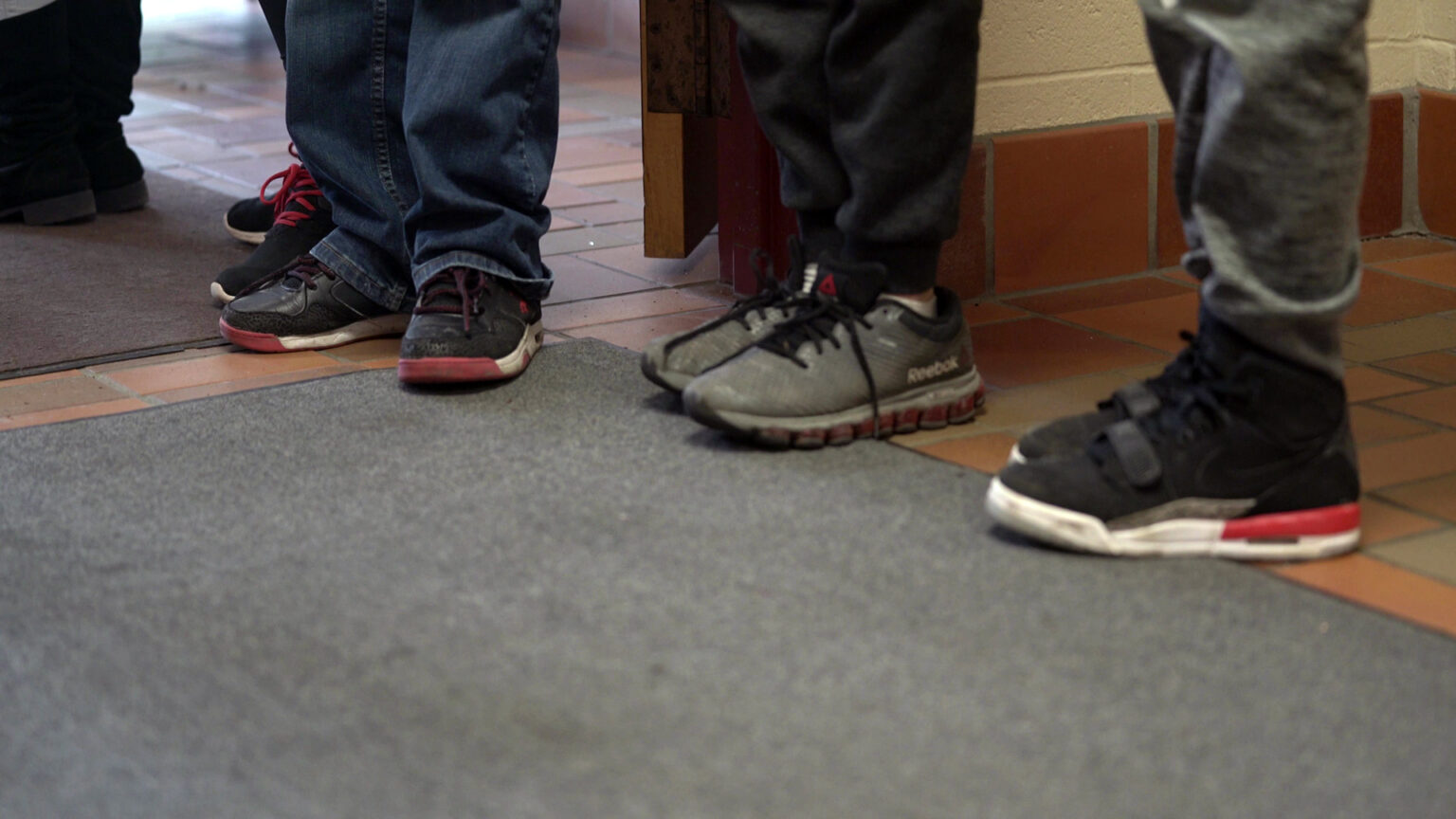
(Credit: PBS Wisconsin)
The number of times that Wisconsin students became “an imminent physical risk to their safety or the safety of others” and were then secluded in a space they couldn’t leave or restrained by school staff increased significantly in the 2023-24 school year.
According to a report from the Wisconsin Department of Public Instruction, there were more than 6,222 incidents that resulted in student seclusion and staff physically restrained students 7,439 times in public and private schools statewide.
These figures represent an increase in seclusion actions of just more than 15% and an increase in the use of physical restraint by almost 17% over the prior school year.
Education officials stress that state law governs when seclusion or restraint may be warranted.
“A student is only to be secluded or restrained in situations where they present an imminent physical risk to their safety or the safety of others,” said Tim Peerenboom, a school psychology consultant with the state.
He explained that one of the only times seclusion or restraint is warranted is when “a student is physically aggressive towards peers or towards their teacher, particularly if they have something that can cause serious physical harm,” such as when “a student may grab a scissors and try and physically attack a peer or an adult.”
Peerenboom said these incidents can have lasting effects on all involved.
“These can be traumatic events. We hear from parents that children years after – after they grow older and reach middle high school or postsecondary levels – talk about not liking school and having anxiety and fear about school due to being secluded and restrained,” he said. “It’s traumatic on the parents, obviously – no one wants their kid to go through things like that. And, it’s important to remember it’s traumatic on the staff as well – they don’t like doing it. They didn’t go into education to seclude or restrain students.”
Which students are secluded and restrained more often?
The state’s data show a large majority of the 2023-24 incidents – almost 90% of seclusions and 82% of restraints – involved elementary school students.
The data also show that seclusion and restraint incidents occur at much higher rates for children with disabilities or students with individual education programs, known as IEPs. Almost 81% of all seclusions and just more than 76% of restraints over that school year involved students with disabilities.
“We don’t see as much seclusion and restraint at the older levels as students develop and grow into their social-emotional skills and their ability to self-regulate,” explained Peerenboom. “The same thing can be said for younger students with disabilities – those students oftentimes have delayed or underdeveloped social-emotional skills and regulation skills.”
There are many other factors that go into these emotional and behavioral incidents and why they overwhelmingly involve younger students with disabilities. Staffing shortages are one significant factor.
“We do know that our higher needs students are working in situations where there are staffing shortages – and there’s also a good bit of turnover in those programs,” Peerenboom said. “You’re working with some of our higher-need students who really need our focused attention and patience and positive supports and vigilant, consistent programming and plans and interventions – when there’s not enough staff to do those things, that becomes much harder.”
He said it is very demanding for school staff to have to work one-on-one with challenging students.
“When we’re stressed, when we’re anxious, it’s harder to be positive,” he said, adding that in those situations, staff may be “more likely to feel burnt out, to have a shorter fuse and that makes it harder to make the good, calm, focused decisions that we need to in these highly intense situations.”
Another point in the data shows that seclusions and restraints are happening repeatedly to the same students throughout the year. Specifically, the data shows that of the 6,200 seclusions last year involved just more than 2,000 students total – or about 3 instances per student secluded. And the 7,400 restraints involved just more than 2,900 children, which equates to 2.6 times each restrained student was restrained.
Peerenboom noted that seclusions and restraints are happening all over Wisconsin.
“This is a widespread concern across the state,” he said, adding that “we’re not seeing pockets or areas of the state where we’re seeing big differences.”
Statewide, the number of seclusions in 2023-24 were at 760 schools, which encompasses almost 33% of the roughly 3,000 schools statewide. – while restraints happened at 1039 or just more than 44% of schools.
Learning lessons from the data
The Wisconsin Department of Public Instruction has been collecting seclusion and restraint data for the past half-decade, when state law began requiring it. That means the data fluctuates widely because of the initial years of the COVID-19 pandemic, when most students were not attending in-person school.
In the 2019-20 school year data, there were more than 8,700 seclusions and almost 10,000 restraints statewide. Then, seclusions ranged from 4,300 to 5,900 and restraints ranged from 5,000 to almost 7,000 over the next two years in the midst of the pandemic.
“We saw a giant dip [in the data] and since then we’ve seen it slowly creep up each year at a slower pace,” explained Peerenboom. He suggested that the pandemic also negatively affected students learning proper social skills, which may have resulted in situations prompting seclusion or restraint.
Because of the pandemic, he explained that many children missed out on learning “social-emotional skills and self-regulation skills and how to be around other kids and how they behave in social environments. So, we’re seeing some adjustments socially and emotionally with readjusting to that period where we were on lockdown.”
While the data around increases in seclusion and restraint has been difficult to accept for educators, tracking such data can ultimately help students and educators, said Peerenboom.
“It’s important because no teacher goes into education to seclude or restrain a student, particularly special education. And no parent sends their kid to school to be secluded or restrained,” he said. “The risks and the outcomes from seclusion or restraint are so severe and so impactful.”
Peerenboom also said laws defining when seclusion and restraint are needed and how they are implemented are minimal. The state doesn’t require specific training programs, but it does mandate the use of “de-escalation techniques and it includes proactive strategies to prevent the need to seclude and restrain and safe physical techniques,” he explained. “The law also requires at least one staff member per building be trained.”
With seclusion and restraint data being reported at the individual school level, the state can reach out and offer help to where occurrences are high. Peerenboom is hopeful that improvements can be made.
“We implemented a new system this year where we are analyzing that data and identifying schools and districts with higher numbers and offering various levels of support,” he said. “That support can range from offering resources and consultation, [and] we offer ways to do a root-cause analysis to determine what’s triggering incidents and help with action planning to correct that.”
Editor’s note: This article is updated to clarify when seclusion or restraint are used.
 Passport
Passport




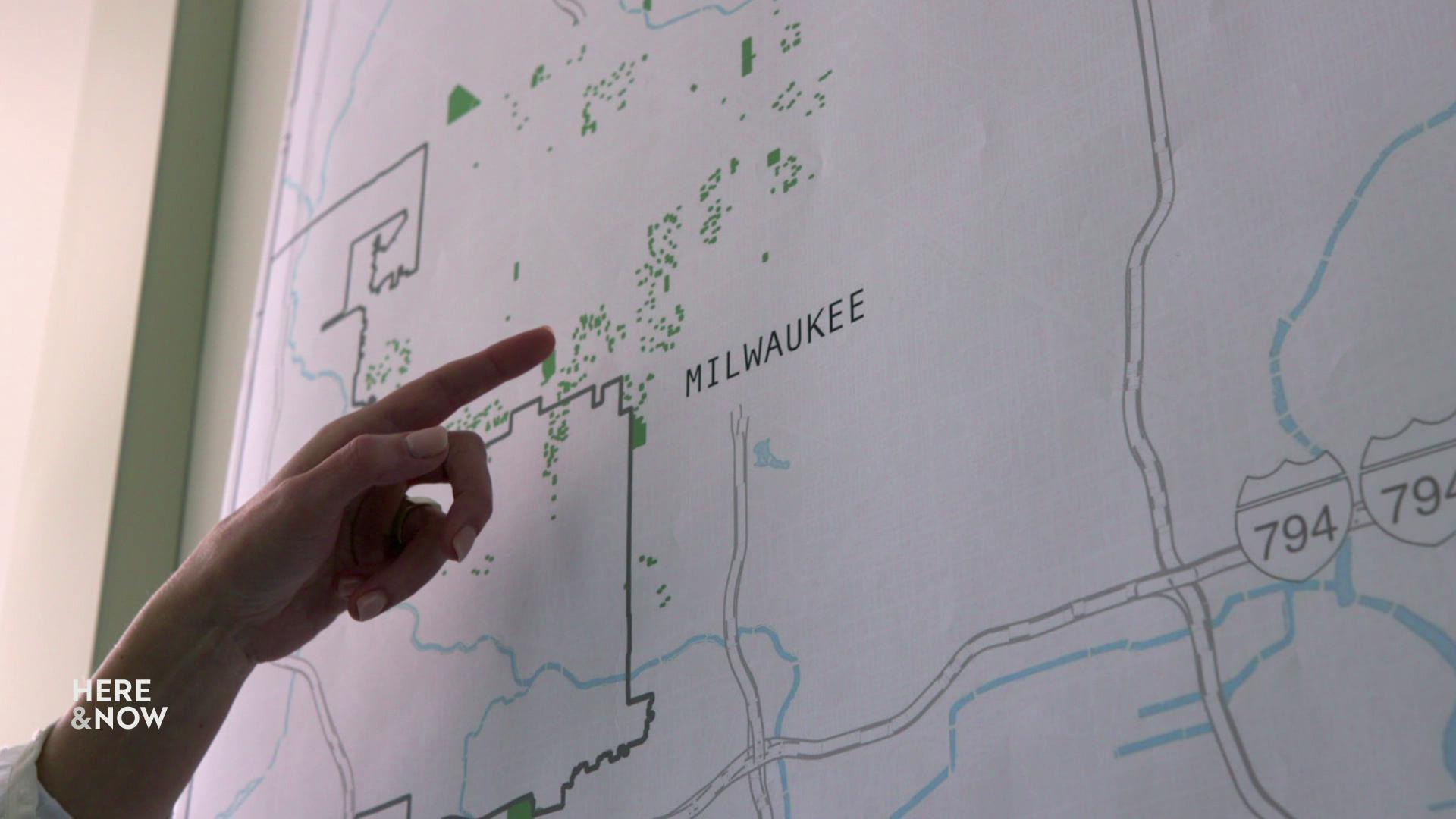
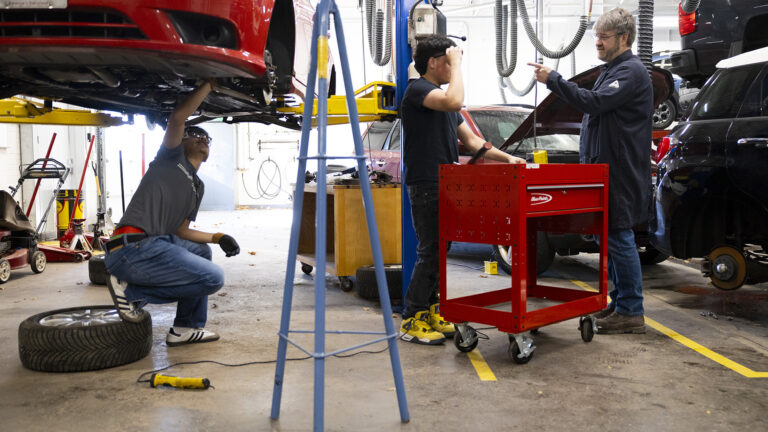
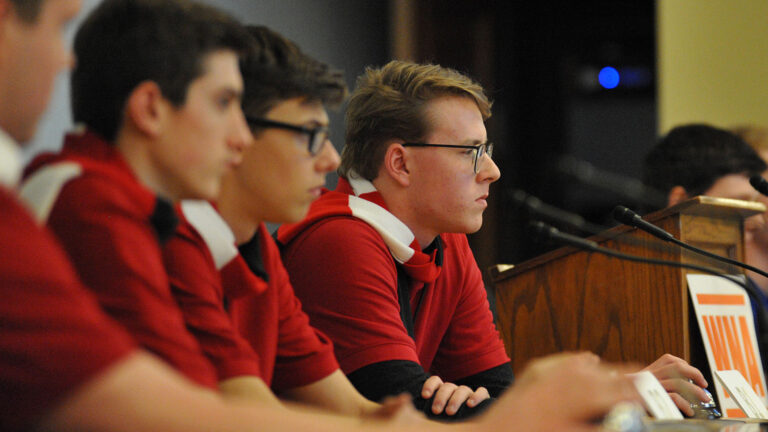
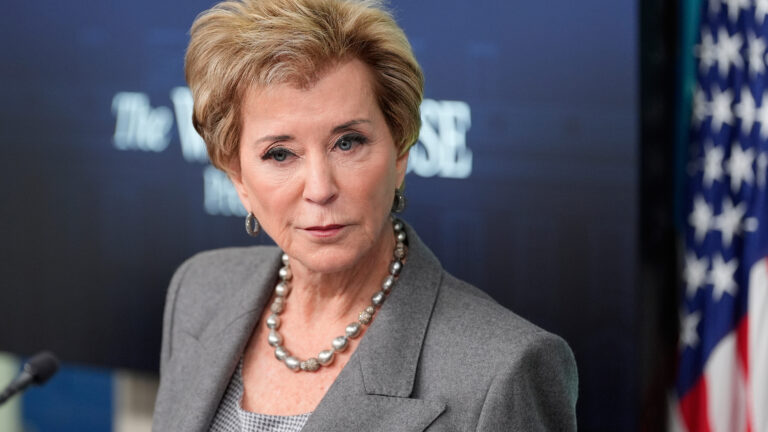
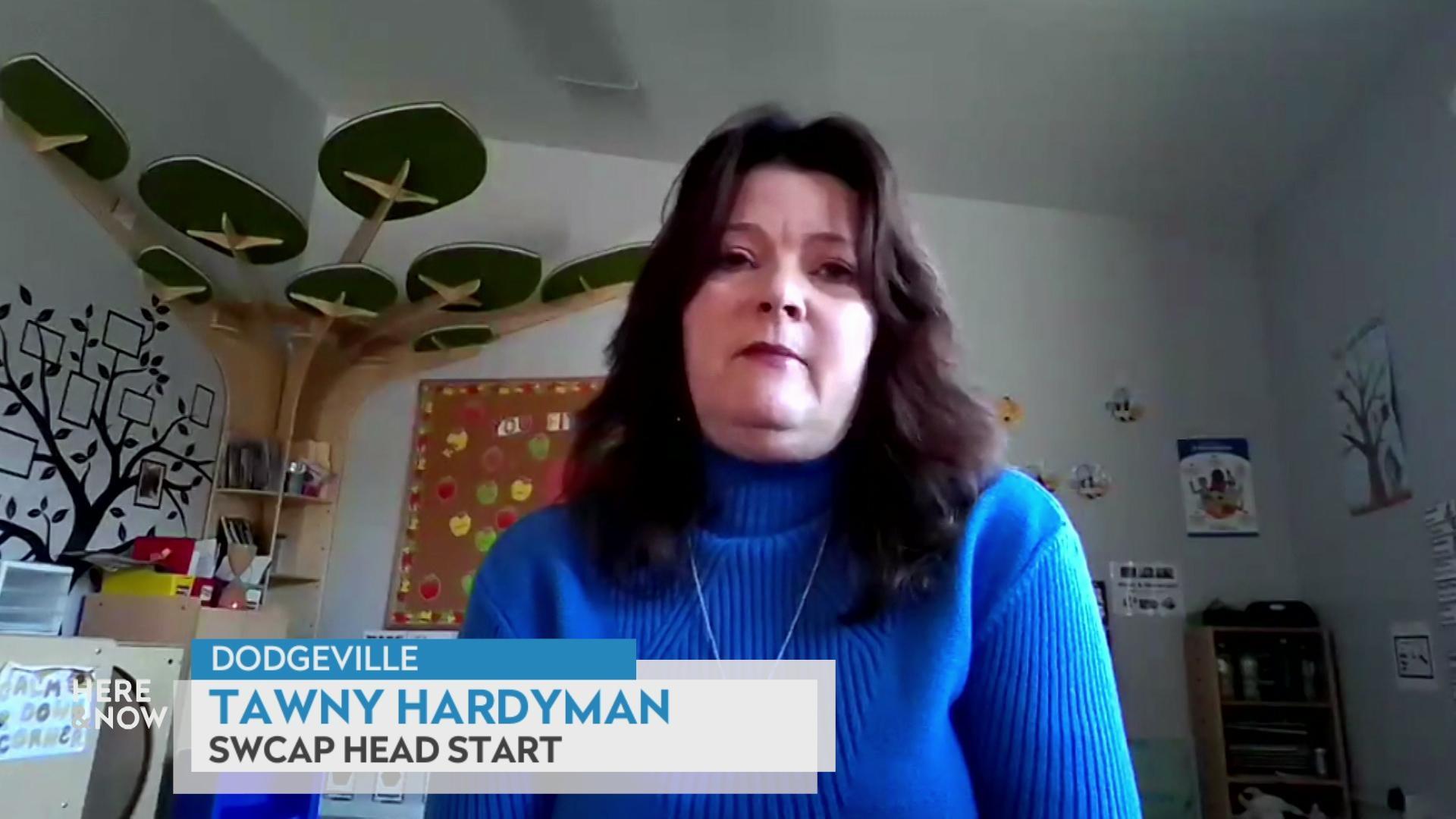


Follow Us